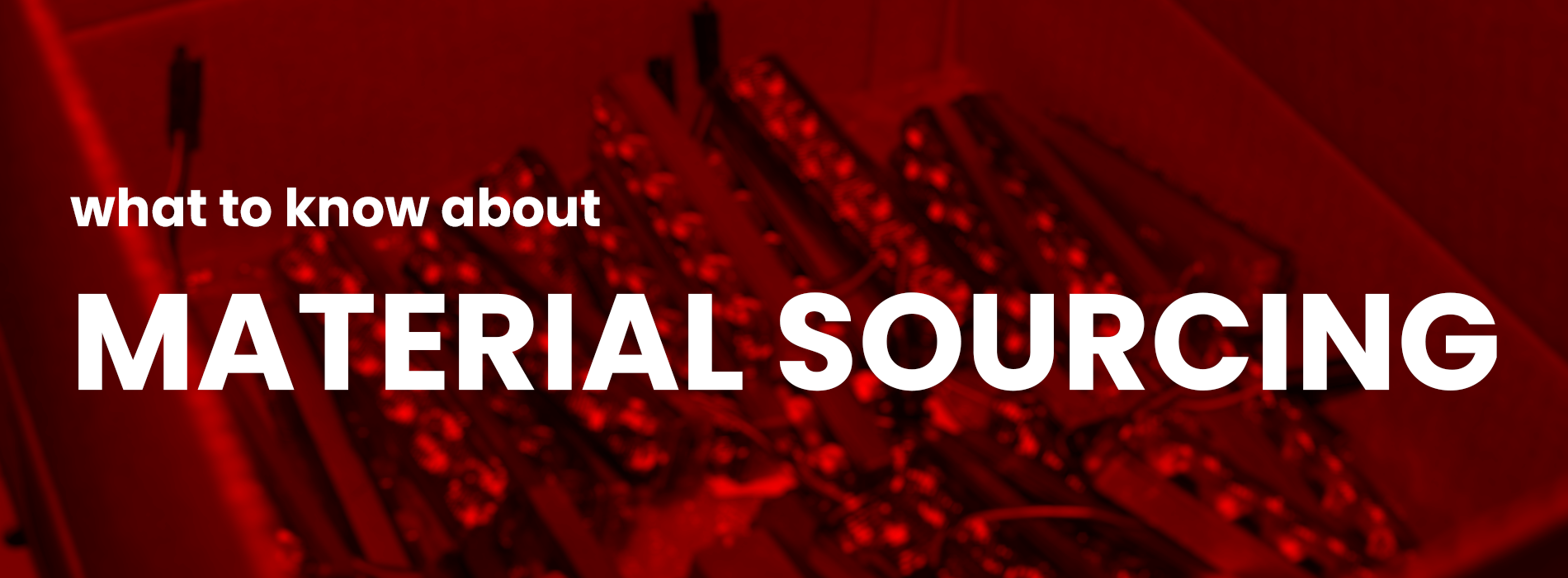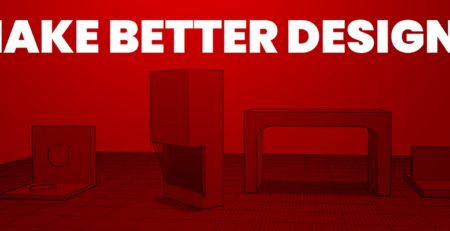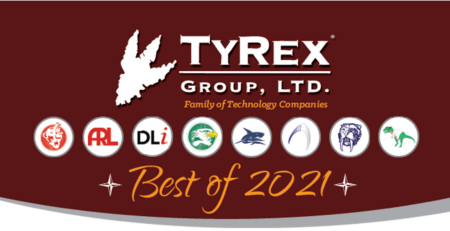What to Know About Material Sourcing
Amit Pal2023-06-16T12:45:57-05:00In electronics manufacturing, procurement management can be one of the most fraught stages of any production. High costs, long lead times, and discontinued parts can derail even the best-laid plans. Luckily for Arctos and our partners, we have experts with decades of procurement experience to walk us through the common pitfalls and best practices.
Where does sourcing fit into a manufacturing process?
In a normal project management workflow, we get a partial BOM (bill of materials) along with temp revisions and perform an analysis of the parts specified, then get that back to the client’s engineers as they begin the prototyping process. As the engineers iterate, we can fall back on our expertise and let them know of potential pitfalls surrounding the design choices they make, such as using obsolete, unavailable, or expensive parts. Armed with this information, our clients can avoid making “risk buys” – purchasing parts that the engineering team is relatively certain they’ll use – ahead of full production.
The sourcing process can continue into the production phase as well. Once Arctos is brought into a project as a partner, we’ll look into completed designs to see if parts that are used can be swapped or improved upon based on price and availability.
At Arctos, our ability to see patterns is a major asset – this comes into play when we’re comparing revisions, but it also helps if we’re brought in as a partner on multiple lines of products.
What can go wrong when sourcing materials?
This list of potential issues is long, but the list of causes to those problems is not. It all boils down to communication. Many of the most common problems that slow down procurement are due to missing documentation, inconsistent revisions, and incomplete BOMs. Working through these documents with our partners as well as discussing the intent behind the components allows us to catch inconsistencies as well as shop for alternate parts that may have reduced costs, quicker delivery, or that can stand in for discontinued or “no-stock” parts.
The benefits of this communication extend even further if Arctos is involved in the prototyping phase because prototypes often expose missing components or mismatched tolerances that can be caught before full-scale buys. At Arctos, our ability to see patterns is a major asset – this comes into play when we’re comparing revisions, but it also helps if we’re brought in as a partner on multiple lines of products. From there, we can identify components used across multiple products, enabling bulk purchases that save money and also prevent disruptions, protecting against potential disturbances to international supply chains.
What are the major culprits when it comes to material issues?
There’s a few red flags we tend to look for and warn our partners about during the development and procurement process. For example, parts that have a sole source tend to sound alarm bells due to high prices and potential shortages. We also analyze component choices to ensure that the product is designed for manufacturing (DFM). An example of this would be two parts that perform the same function, but one requires hand soldering, thus reducing the repeatability and quality in a manufacturing environment.
Oftentimes, interconnect and cable assemblies are a necessary piece of an assembly, but they are often the last thing thought about during the design process and go through multiple revisions. Having a company like iRex within the TyRex Technology Family makes these cable builds and subsequent tweaks between alpha and beta runs as painless as possible.
What tricks have you learned over the years to combat this?
Sole-source components and specific parts can be problematic, but Arctos has honed a number of custom programs over the years that build safety stocks and ensure sole-source parts are never an issue.
Oftentimes, to get obsolete or niche parts, we’ll have to go to the “gray market” of legitimate brokers of discontinued parts. Here is the only place where overcommunication may get you into trouble, because if you reach out to multiple resellers at once, you may be artificially increasing demand and raising the price on yourself. Being strategic with how you approach these firms and having good supplier relationships with them is something that Arctos has cultivated over years and years. These relationships provide benefits beyond favorable rates and delivery times- knowing which brokers to turn to reduces the likelihood of purchasing counterfeits. And when we communicate costs, our quotes won’t inch up over time.
What mistakes do you see other companies or clients make when it comes to procurement?
Major mistakes we see often surround setting timelines, both on the long and short end of things. Timelines that prove to be too short are often due to engineering cycles taking more time than planned and not leaving enough time for buyers to contend with long lead times. We’ve also seen products with long design timelines actually have parts become obsolete while still in development and then not be accounted for when refreshing the designs. The best way to counter both of these issues is to acknowledge that timelines continually change and try to build in flexibility to both the BOM and processes.
In terms of timing, one of the areas full of potential problems is the area between phasing out one product and introducing a new one. Companies perform “lifetime buys” of soon-to-be-discontinued components to meet demands. If demand exceeds that set amount, you’re left with either an accelerated development cycle for the new product, or a trip to the gray market to find enough additional components to try and fill current demand.
We have also seen the reverse of this problem – OEMs will sometimes include a new component that hasn’t been produced at scale yet. This becomes a problem if the component runs into production issues or a larger competitor buys up the available stock.
What makes Arctos different when it comes to procurement?
At every step of the way, our procurement team gets information to our partners as quickly as possible – it’s the type of information we would like to hear if we were on the receiving end. We treat these products as our own and work as diligently and creatively as we can to fix any problem we see with a system or product, regardless of where it originates from. And when we communicate costs, our quotes won’t inch up over time. We stand behind them like everything else we do.
For one of Arctos’ immutable cost quotes, inquire today.







